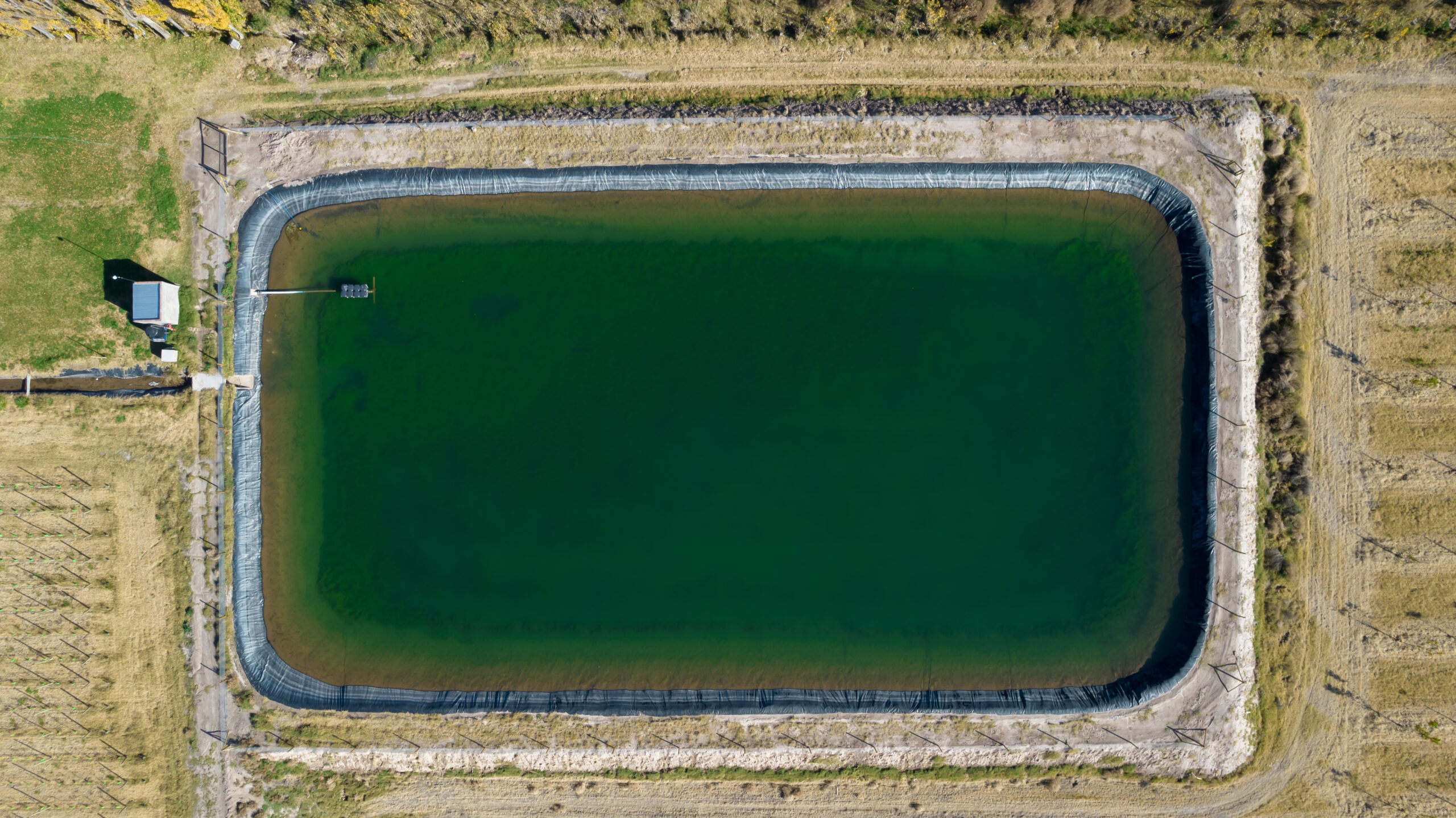The Water War of Sainte-Soline

At least 100 were wounded by late afternoon, according to the “street medics,” volunteers setting up impromptu field hospitals, who also appeared during the Gilets jaunes uprising. By evening, the organizers of the demonstration said there were at least 200 wounded, of whom ten were in the hospital, and one in a coma, “between life and death”; as of this writing, his status had not changed. There were, additionally, 47 wounded gendarmes, one in serious condition. This battle between police and demonstrators was on March 25, 2023, in the department of Deux-Sèvres in western central France, in the region of Nouvelle Aquitaine. And the battle was not about retirement. It was about water.[1]
This can only be a sketch of the event, as investigations begin, but there are essentially two issues: water supply and access; and the use of repressive force against protests. This first post will cover the underlying issue of water and climate change.
For the past several years, France has endured prolonged heat waves in the summer, the temperatures reaching 100 degrees Fahrenheit or slightly above. Not only is this enervating, sometimes deadly, and costly–but it also dries out the soil, decreasing crop yields and causing economic devastation.[2] The solution? The proliferation of méga-bassines (“stockage”), as shown above.
The méga-bassines are large artificial reservoirs made of impermeable plastic.[3] They are meant to provide irrigation for agriculture, as the heatwaves every summer presumably continue. The reservoirs do not merely collect rainwater, however, but also pump groundwater for several months every winter. Their opponents include environmentalists, who argue that pumping profoundly disturbs the ecology of the area; small farmers, who see themselves pushed out by large agribusinesses who monopolize the water; activists of social justice, who see the operation as an attempt to privatize a basic human resource that belongs to all.
Reporterre, the environmental news site, and Mediapart summed up the reasons for the opposition:
Too Big: They encroach on small farms and their groundwater; there will be a scarcity of water, and the prices will go up. The website of Confédération Paysanne, a union of small farmers, argues that those who own the reservoirs deliberately try to create confusion between their unnatural creations and retenues collinaires, or more traditional hillside run-off collectors. The latter are smaller and permeable, as opposed to the plastic of the reservoirs, which prevents the water from filtering down through the soil.[4]
Stagnant water: “Imagine a swimming pool abandoned by the proprietors.” (Or look at the header image, above.). In addition to algae and potentially dangerous bacteria, the water in the reservoir will evaporate, with a predicted loss of between 20 and 60%, or perhaps only 7% (there are clearly some disparities in the studies). Whatever the numbers, however, “to pump subterranean water to expose it to evaporation and to various kinds of pollutions is absurd.” (Reporterre).
Intensive monoculture: The reservoirs are there for agribusinesses, which farm intensively with the heavy use of pesticides in order to produce corn for export.
Public Financing of Private Companies: To the tune of as much as 70%, in the rush to get these things built.
Scofflaws: As Mediapart notes, farmers and environmentalists had fought and won judicial “stops” on construction and use–and yet they continued. On February 3, 2023, the environmentalists had won an important victory from the Conseil d’État. The decision “annulled” five reservoirs in the Charente-Maritime department, on the grounds that the environmental and water management studies that allowed them to go forward were insufficient; and yet they were continuing to operate. Of the sixteen artificial reservoirs in Deux-Sèvres, the location of Sainte-Soline, nine had been refused authorization by the local administrative tribunal. The government had not acted to enforce the rulings.
Conflicting Science: The Bureau of Geology and Mining put out a study of Sainte-Soline itself in 2022, arguing that the effect of pumping groundwater in the winter months would be negligible–but they based their study on data of the years 2000-2011, before the wave of climate change droughts. Environmental groups, including Greenpeace, have come to starkly different conclusions.[5]
Perhaps the overall import of the built reservoirs is to increase the industrial efficiency of farming, at the expense of the environment and small and medium farmers. Girod, of the Confédération Paysanne, described the bassines and their coming monopoly of water as a means to “make peasants disappear” and to ignore “the ecological and climatic stakes. [The bassines] lock down an [agricultural] model of industrialization and aggrandizement.”
=======================================
Header image from Shutterstock.com.
[1] 1] Marion Briswalter, “A Sainte-Soline, ‘la lutte contre les projets inutiles et écocidaires se poursuit,’” Mediapart, March 25, 2023. https://www.mediapart.fr/journal/france/250323/sainte-soline-la-lutte-contre-les-projets-inutiles-et-ecocidaires-se-poursuit?utm_source=quotidienne-20230325-201053&utm_medium=email&utm_campaign=QUOTIDIENNE&utm_content=&utm_term=&xtor=EREC-83-%5BQUOTIDIENNE%5D-quotidienne-20230325-201053&M_BT=1432258661604; “Méga-bassines dans les Deux Sèvres: les forces de l’ordre déposent 45 plaintes après les violents affrontements,” Midi Libre, March 26, 2023. https://www.midilibre.fr/2023/03/26/mega-bassines-dans-les-deux-sevres-les-forces-de-lordre-deposent-45-plaintes-apres-les-violents-affrontements-11090412.php?M_BT=1000369055839#xtor=EPR-2-%5Bnewsletter%5D-20230327-%5Bclassique%5D
[2] Cathy Lafon, “Canicule: en 2019, Bordeaux bat son record absolu de chaleur avec 41.2 degrés,” Sud Ouest, July 7, 2022.https://www.sudouest.fr/environnement/meteo/canicule-en-2019-bordeaux-battait-son-record-absolu-de-chaleur-avec-41-2-degres-11739387.php
V.G., “Méteo: la canicule de 2020 fait tomber les records de températures,” Le Parisien, August 11, 2020. https://www.leparisien.fr/societe/meteo-la-canicule-de-2020-fait-tomber-les-records-de-temperatures-11-08-2020-8366565.php?ts=1679848885720
[3] The information here is taken mostly from two lengthy articles: Laury-Anne Cholez, “Mégabassines: les raisons de la colère,” Reporterre, March 25, 2023. https://reporterre.net/Megabassines-les-raisons-de-la-colere; and Marion Briswalter and Michaël Correia, “Sainte-Soline: les tromperies du gouvernement sur les mégabassines,” Mediapart, March 29, 2023. https://www.mediapart.fr/journal/ecologie/290323/sainte-soline-les-tromperies-du-gouvernement-sur-les-megabassines?utm_source=quotidienne-20230330-070226&utm_medium=email&utm_campaign=QUOTIDIENNE&utm_content=&utm_term=&xtor=EREC-83-%5BQUOTIDIENNE%5D-quotidienne-20230330-070226&M_BT=1432258661604
[4] Confédération paysanne.fr., “5 minutes pour comprendre méga-bassines.” http://www.confederationpaysanne.fr/sites/1/articles/documents/bassinesbd02-2022.pdf?PHPSESSID=2s4in4rim0p79948nhdvtiqqd5. Consulted March 30, 2023.
[5] “Mégabassines: pourquoi s’y opposer?”, Greenpeace.fr..